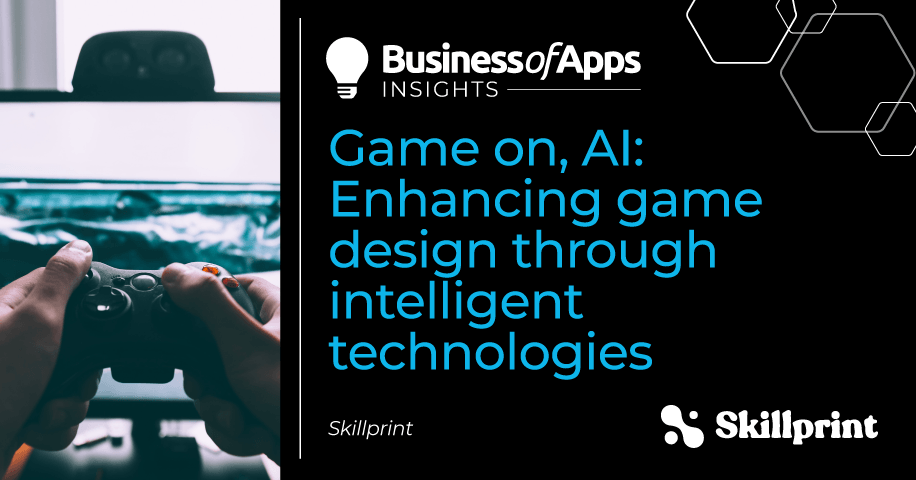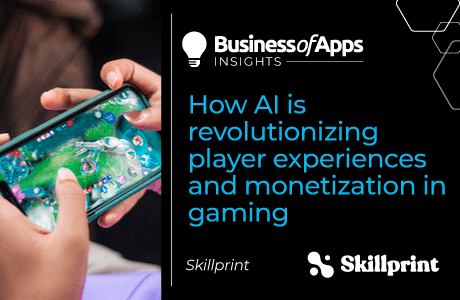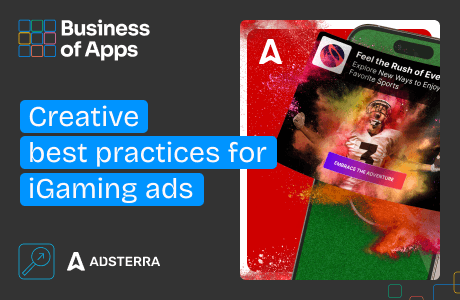The game development industry is on the cusp of a transformative revolution as Artificial Intelligence (AI) takes center stage in game design. So, the question on everyone’s mind is: How can developers harness the power of AI to personalize games and create a truly immersive and engaging experience for players?
While most of the discussion around game development and AI so far has focused on creating new content such as visual assets and dialogue, there is an opportunity for involving AI more directly in dynamically adjusting the mechanics that adapt to each player’s abilities and preferences.
This level of customization will not only elevate gameplay but also foster deeper engagement and immersion for players. Let’s delve into how AI is reshaping the games industry and why it’s a game-changer.
The curiosity for self-discovery in gaming
People have an innate curiosity to learn more about themselves, including their personality traits, cognitive abilities, and behavioral tendencies. This curiosity has been a driving force behind the popularity of various personality tests, quizzes, and self-assessment tools. This same curiosity translates into a desire for games that not only entertain but also offer a journey of self-discovery.
Games that personalize gameplay based on player traits and skills can create a profound emotional connection. Such games provide players with a sense of ownership over their experiences. As players delve into the intricacies of their own personalities and cognitive capabilities, the game’s dynamic nature responds with tailored precision. Challenges and gratifications seamlessly align with individual preferences, orchestrating an experience that transcends the ordinary.
Through this nuanced approach, players cultivate a heightened awareness of their capacities, fostering not only an intensified affinity for the game’s universe but also an amplified emotional resonance. In this landscape, the ability to surface personalized results and insights regarding relative cognitive skills and personality traits stands as a testament to the game’s commitment to player-centric immersion, elevating it as a prominent contender for innovation and player engagement.
Leveraging cognitive science and AI for gameplay personalization
The latest groundbreaking frontier in game development hinges on delving into players’ psyches through insights from psychology and cognitive science research. By tapping into a player’s cognitive skills, personality traits, and motivations, game developers can employ AI to curate gameplay experiences that align precisely with each player’s mindset and objectives. This hyper-personalization ensures players remain engaged, avoiding boredom and frustration, while fostering enjoyment and a deeper sense of accomplishment.
To realize this vision, developers must monitor and gauge player “Flow” — that immersive feeling where time vanishes, focus intensifies, and engagement peaks. This entails assessing whether a player is bored, frustrated, or deeply engrossed in the zone. Through tracking gameplay events and translating them into intuitive visualizations, developers can pinpoint rough patches and employ AI to dynamically fine-tune elements such as difficulty levels, progression, rewards, and other predefined parameters. This adaptive methodology not only heightens player retention but also opens avenues for enhanced monetization.
Creating a truly captivating gaming experience hinges on deciphering players’ states of immersion, boredom, or challenge-seeking. Achieving this entails meticulous analysis of gameplay patterns, subsequently translated into accessible visuals.
Your playbook for the new app ecosystem [webinar]
The app stores have been cracked open. Savvy teams are already capitalizing by implementing App2Web and Web2App strategies. Join Paddle’s Lucas Lovell to discover smarter billing tactics.
Register nowThese visual cues empower developers to seamlessly tailor intricate game aspects, drawing from previously adjusted parameters. This personalized approach extends to every game level, fostering dynamic customization mirroring user segments. Paying users could relish a unique experience, while non-paying counterparts embark on their distinctive journey.
Balancing user control and AB testing ensures finely calibrated engagement. Motivation-driven satisfaction becomes the lodestar: introducing adjustments like timer extensions for relaxation or improved sleep, and dynamic tweaks for heightened challenges, catering to focused engagement.
These adaptations, discerned from data and play patterns, illuminate distinct player states — ranging from assertive to serene, entwined with temporal cues. The potential to prompt users for session-specific goals enriches this immersive paradigm, harmonizing individual desires with in-game dynamics.
Tapping into AI for the games market
The next big disruptor in game design is undoubtedly the personalization of games through AI. This trend will fundamentally change the economics of the gaming industry by dramatically improving player retention rates and driving greater success for game developers. Personalized experiences will attract more qualified customers who are better matched with their games, resulting in a broader range of engaged players, longer play sessions, and increased opportunities for monetization. Be sure to watch this space closely for breakthroughs and insights from developers, as AI has the potential to open new doors of opportunity for game developers worldwide.











